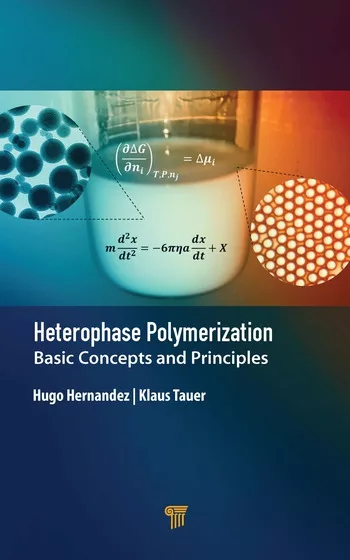Ask Dr. Dave
June 2002

Question
We replaced our flammable, solvent-based adhesive with acrylic latex for health and safety reasons, but now our workers have become reluctant to use it because of the stories they have heard about serious allergic reactions to latex. Our supplier tells us there is no problem with acrylic latexes. Can you confirm that this information is correct?Answer
Some severe allergic reactions to latex have been reported around the world, particularly in people who wear latex gloves regularly, such as doctors and other hospital personnel. However, this reaction appears to be only from gloves that are made out of natural rubber latex. This is the rubber that is extracted out of the Hevea Brasiliensis tree that is grown on plantations in the Far East, including Malaysia and Thailand. It is not the rubber itself that causes the allergy, but residual natural proteins on the surface. In fact, processing systems are now in place to remove these proteins and mitigate the allergy issue.
The acrylic adhesive latex that you are using is synthetic in nature, being manufactured from oil-based chemicals. There is no evidence that similar allergic reactions can occur with these materials. Some manufacturers of synthetic latexes have attempted to remove the confusion concerning the term "latex" by renaming their products as "aqueous dispersions."
Question
We are a manufacturer of vacuum-insulation panels and would like to replace welding of our 1?inch-thick stainless steel panels with adhesive bonding. What adhesive would you recommend?Answer
Adhesive bonding has always been an alternative to traditional fastening systems. In your case, it seems that you really need a structural, high-strength adhesive. It is very important that you choose a system that first of all will give reliable bonding to the steel; second, will cure quickly to give high strength; and third, will have the durability to maintain the weight of the panel throughout its lifetime.
The necessity for high strength and load-bearing capability will preclude many adhesives. I would avoid thermoplastic systems like cyanoacrylates or hot melts. In your case, a high-performance, two-component epoxy adhesive would be a good candidate. These adhesives can be formulated to give highly crosslinked thermoset systems that will resist creep under load for long periods of time, and cure speed can be varied to suit your assembly process. For example, a system that may take 24 to 72 hours to cure fully at room temperature can often be spot-heated to fixture and hold the parts together in a minute or two. Be sure to work with your adhesive supplier to do some long-term durability testing before going into production.
Question
We are a supplier of cryogenic equipment. Where can I find pipe sealants that are compatible with liquid oxygen?Answer
Most sealants are not recommended for use with liquid oxygen because they are organic in nature and could act as fuel for a fire. A fire needs three elements -- oxygen, fuel and ignition. The fuel is any substance that can be burned by the oxygen, and ignition is any energy source sufficient to initiate combustion. In the normal scenario where air is the oxidizing agent, if any one of the three elements is removed, the fire will be prevented. However, in oxygen systems, this principle does not apply because the three elements are inseparable. The fuel is, in reality, the fittings, valves, seals, regulators, or piping, which contain or are exposed to the oxygen, and cannot be separated from it.There are two ways of sealing liquid-oxygen fittings. One is to use a high-quality PTFE tape -- look for MIL-SPEC #T27730A, which certifies suitability for use in pure oxygen. There are also a few paste or gel sealants available based on mixtures of polychlorotrifluoroethylene and PTFE. Always ensure that your fittings are spotlessly clean before applying the sealant to ensure that there are no potentially flammable organic residues on the surfaces.
Looking for a reprint of this article?
From high-res PDFs to custom plaques, order your copy today!





